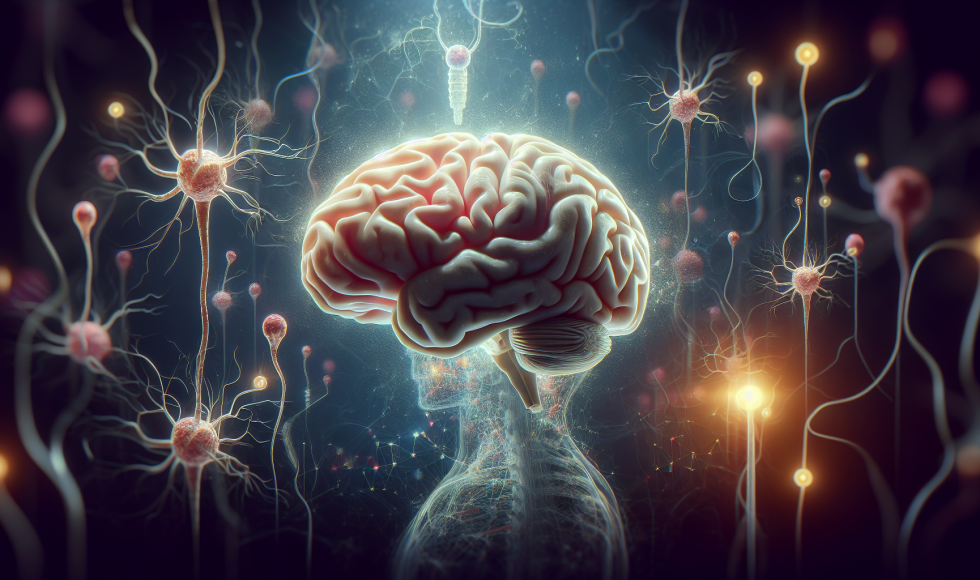Nicola Hall from the University of Oxford in the UK presented at London Calling 2019 on “Revealing mRNA alternative splicing complexity in the human brain.” Hall is investigating expression within a single cell in the human brain. They want to better understand how splicing is occurring in the brain. They spoke about using walk-on music from an artist with bipolar disease. Hall is investigating new treatments and voltage-gated calcium channels in the brain. Calcium signaling has been implicated in psychiatric diseases. Hall is focusing on the CACNA1 gene and its isoforms. The lab uses Nanopore devices to sequence transcripts from healthy human brain samples. Three samples and six regions for each were sequenced and analyzed. Thirty-eight novel exons and 83 high-confidence novel isoforms were identified. Nine out of ten most common isoforms are novel. There was more splicing variation between brain regions than between individuals. Splicing is predicted to impact voltage sensitivity and secondary messenger signaling. They have cloned and validated deletions in transcripts. Hall used 5′ RACE to identify a novel CACNA1C transcription start site. One identified site was novel and not annotated. Splicing isoform diversity in mice was different from that of human isoforms. Hall ended by mentioning they will perform functional assays on the calcium channel isoforms identified. I appreciate using different samples and organisms to explore the expression of a single gene in the human brain… a gene that may have important implications for human brain functions.



